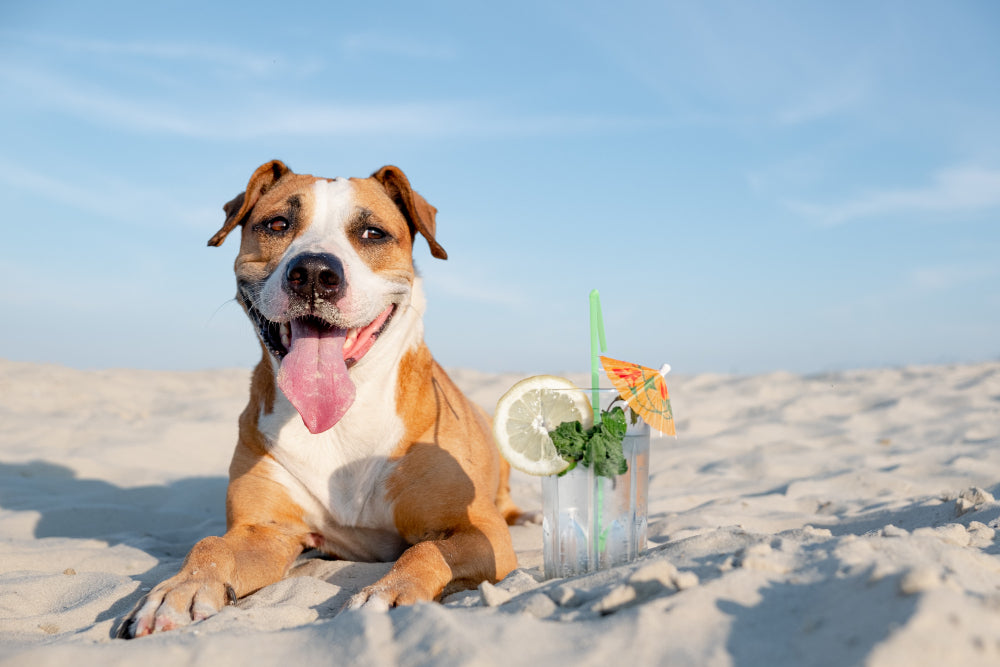As the mercury rises during the hot summer months, it's crucial to protect your pets from the heat. Just like us, animals are susceptible to dehydration, heatstroke, and other heat-related health problems. Here are some practical tips to protect your pets from the potentially damaging effects of extreme heat.
1. Keep Pets Hydrated
Water is the elixir of life, and during hot days, your pets need to consume more water than usual to stay hydrated. Always make sure your pets have access to fresh and clean water. If you're heading outdoors with your pet, carry a portable water dish and enough water. Like humans, pets can quickly dehydrate, so avoid any amount of time in hot, direct sun and high-temperature areas.
2. Provide Ample Shade
If your pets spend much time outdoors, ensure they have a cool and shady place to retreat. Trees and tarps are excellent sources of shade because they don't obstruct air movement. On the other hand, doghouses can trap heat and are not recommended.
3. Avoid Hot Pavement
The pavement can become scorching in high temperatures, potentially causing severe burns to your pet's sensitive paw pads. A good rule of thumb: If it's too hot for your hand, it's too hot for your pet's paws. Try to walk your pet on grass or dirt paths during hot days or at cooler times of the day, such as early mornings or evenings.
4. Maintain a Cool Environment
Make sure your home stays cool on hot days, even if you're away. Air conditioning is the best way to keep a pet-friendly temperature indoors. If that's not possible, fans, wet towels on the floor, or providing access to cooler areas of the home (like a basement) can help.
5. Never Leave Pets in Cars
Never leave your pets alone in a parked car during warm weather, even with the windows slightly open for short periods. Cars can rapidly heat to dangerous temperatures, leading to devastating consequences within minutes.
6. Protect From Sunburn
Just like humans, pets, especially those with short or light-colored fur, can get sunburned too. Sunburn in pets can lead to skin damage and increase the risk of skin cancer. If your pet is in the sun, apply pet-safe sunscreen (human sunscreen can be toxic to pets), especially on the ears and nose, and limit sun exposure during peak hours.
7. Regular Grooming
Maintain a regular grooming routine for your pet. Brushing can help remove the winter undercoat and promote better air circulation through their fur, which aids in cooling. But don't shave or clip fur close to the skin as this can remove protection against the sun and lead to overheating.
8. Watch Out for Signs of Heatstroke
Heatstroke is a severe condition that can be fatal to pets. Look out for excessive panting, difficulty breathing, drooling, mild weakness, and even collapse. Extreme symptoms can include seizures, bloody diarrhea, and vomiting. If you suspect your pet suffers from heatstroke, immediately take them to the vet.
9. Adjust the Exercise Routine
During extreme heat, limit exercise to the coolest parts of the day – early morning or evening. Always carry water for both you and your pet. Consider swimming or splashing in a kiddie pool as a fun, cooling exercise.
10. Consult Your Vet
Lastly, consult your vet about your pet's specific needs. Some breeds, older animals, overweight pets, or those with heart or lung diseases will be more challenging in the heat.
Summers can be enjoyable for both pets and their owners if appropriate measures are taken to safeguard them from the heat. Being mindful of these tips can ensure a fun, safe summer with your beloved pets.

